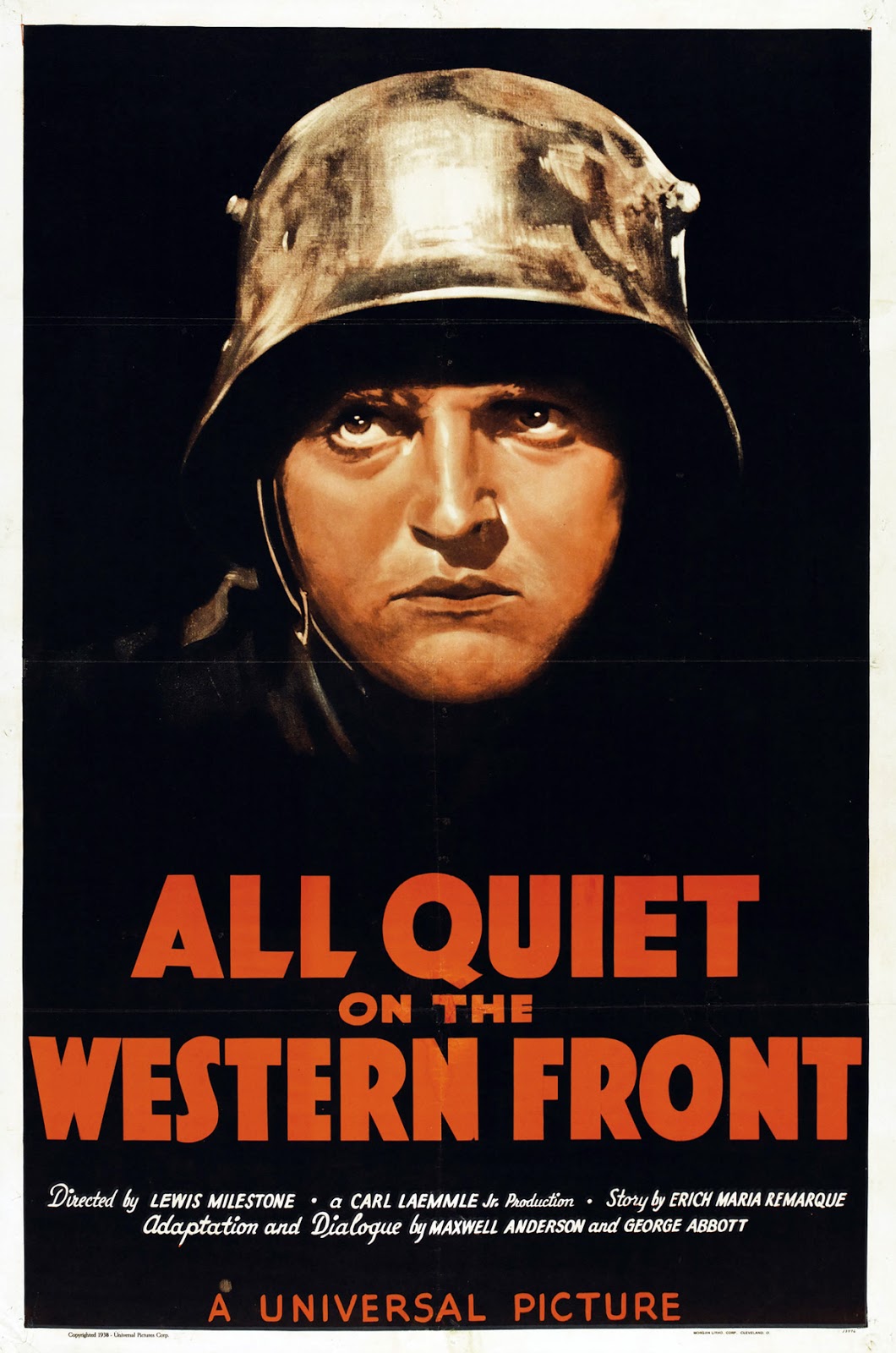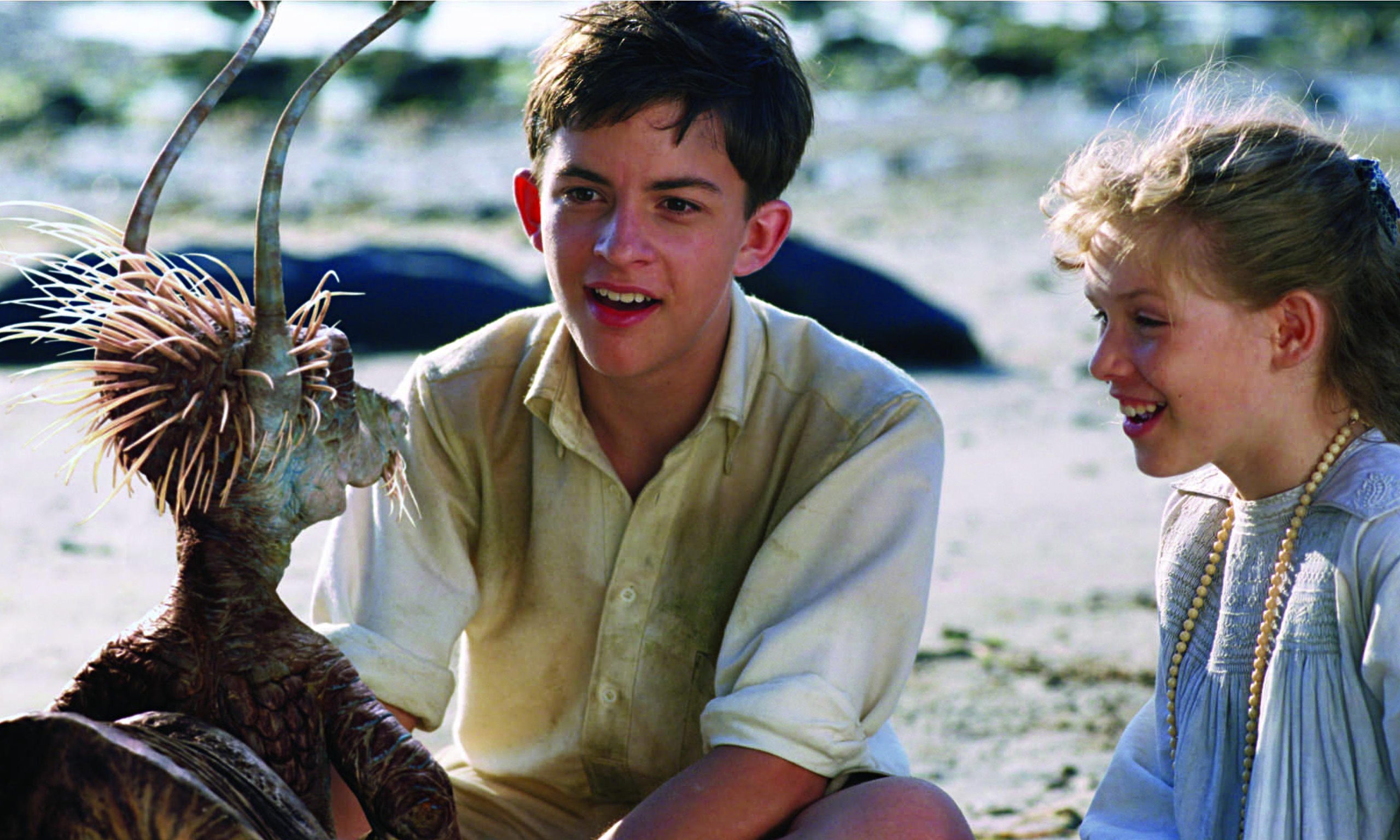
Where All Quiet on the Western Front hits the nail on the head is its depiction of life in the trenches and a soldier's everyday experiences.
All quiet on the western front movie movie#
He remained in politics and opposed reactionary parties, particularly the conservative right-wing party known as the German National People's Party, and was assassinated in August 1921.Īll Quiet on the Western Front true story aside, how accurately did the Oscar-nominated movie depict WWI? According to WWI historian Bethany Wyatt ( via ), it's resoundingly real. Afterward, Erzberger served as the Chairman of the Armistice Commission and created a taxation reform to help Germany manage its money as best it could under the high reparations imposed by the armistice. He was the leading member of the attaché sent to negotiate the armistice in the Forest of Compiègne, eventually succeeding, albeit with harsh terms, as All Quiet on the Western Front depicts. While he initially supported the German military buildup of the early 20th century and the war itself, his position changed when the war became the living definition of a catch-22 stalemate on both fronts in 1917.

However, he, too, is a real German politician from the period in the All Quiet on the Western Front true story and was elected to the German Reichstag in 1903 as a member of the Catholic Centre Party. 9, 1918, and the German government would change hands to begin working on peace negotiations, which the film shows via a newspaper that Matthias Erzberger (Daniel Brühl) has and when Paul and his peers celebrate that they’ll be able to go home soon.ĭaniel Brühl’s character, Erzberger, is a new addition to the 2022 version of All Quiet on the Western Front. It would be several more months of fighting before Kaiser Wilhelm II would abdicate on Sept.

After these key battles in August, the German High Command knew that they could no longer win the war, but now only sought not to lose it.

However, the Germans could not hold their advances, and in August, the Allied Hundred Days Offensive and Battle of Albert led to heavy losses, both of which Paul could have been a part of in his second depicted time at the front. When he and his fellows advance through the train depot could be part of the last definitive German offensive from March to July 1918, where private German soldiers came within 75 miles of Paris. The vignettes in the All Quiet on the Western Front true story largely cover times when Paul is trying to survive back at camp.


 0 kommentar(er)
0 kommentar(er)
